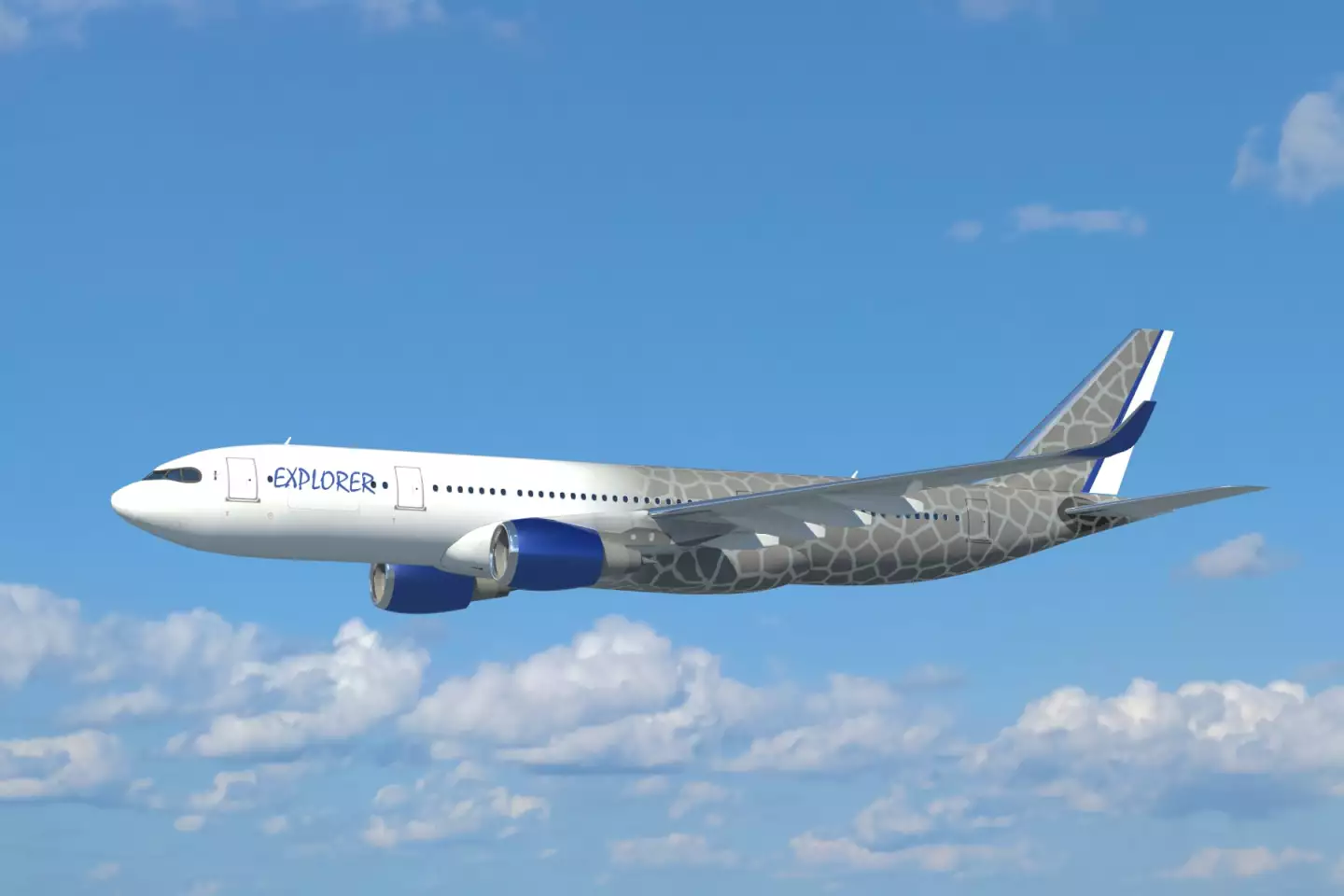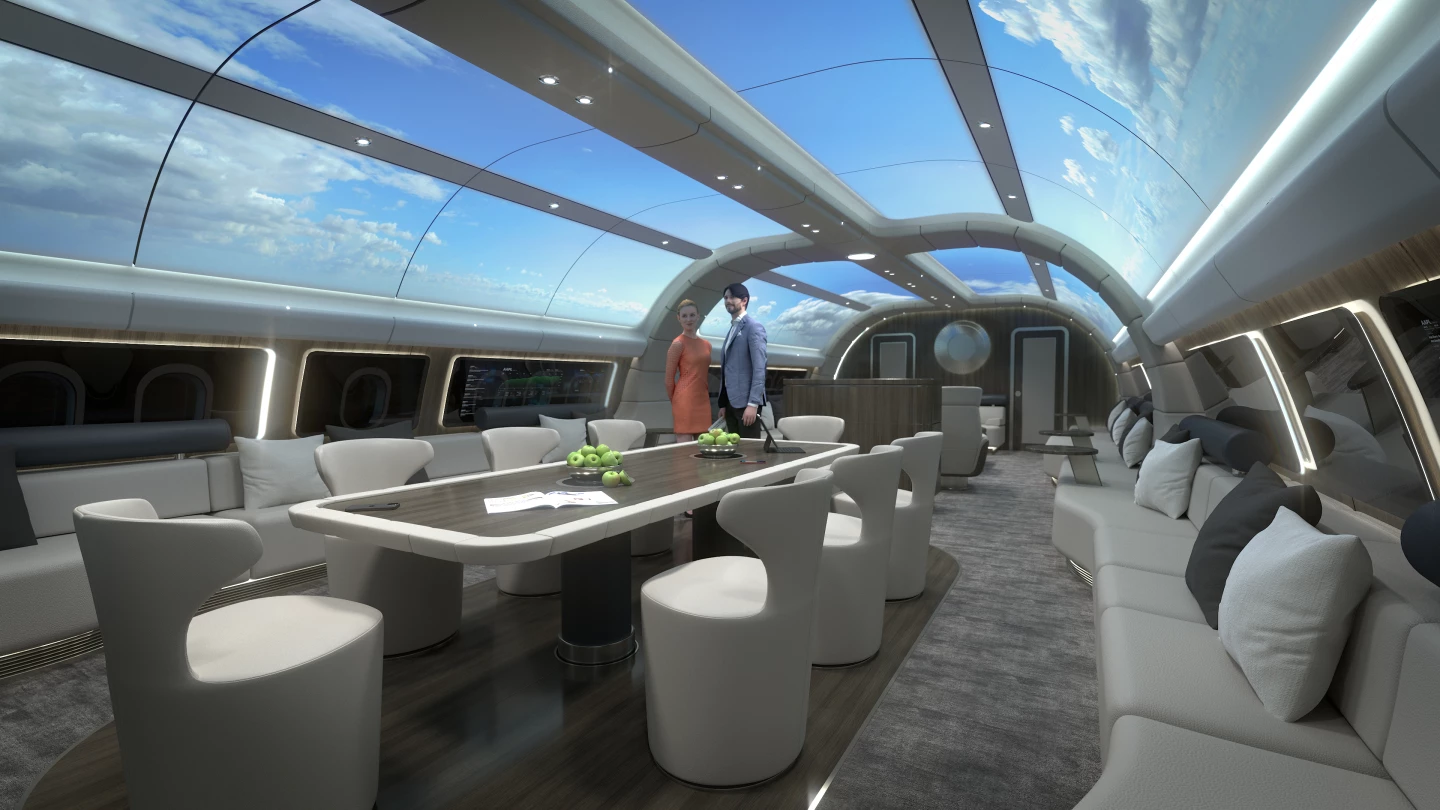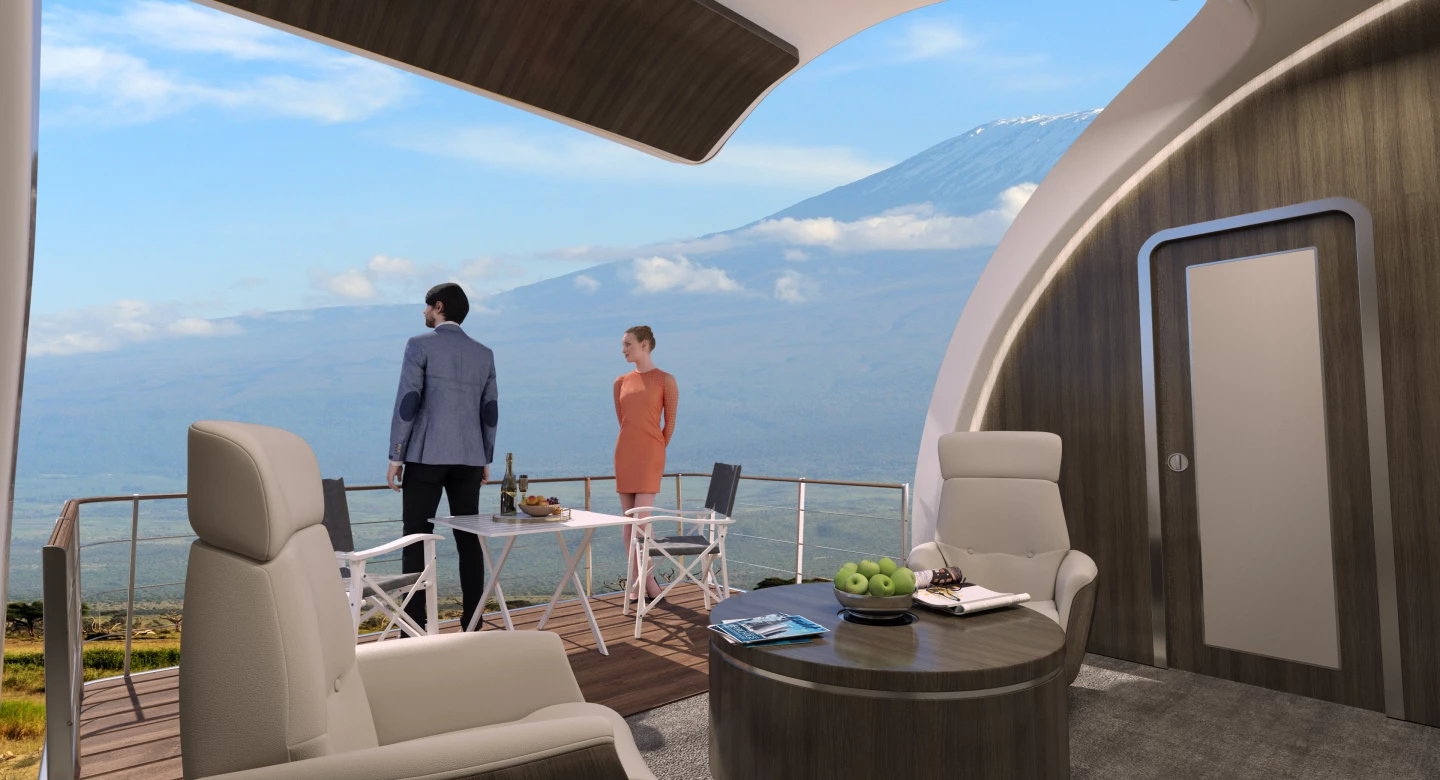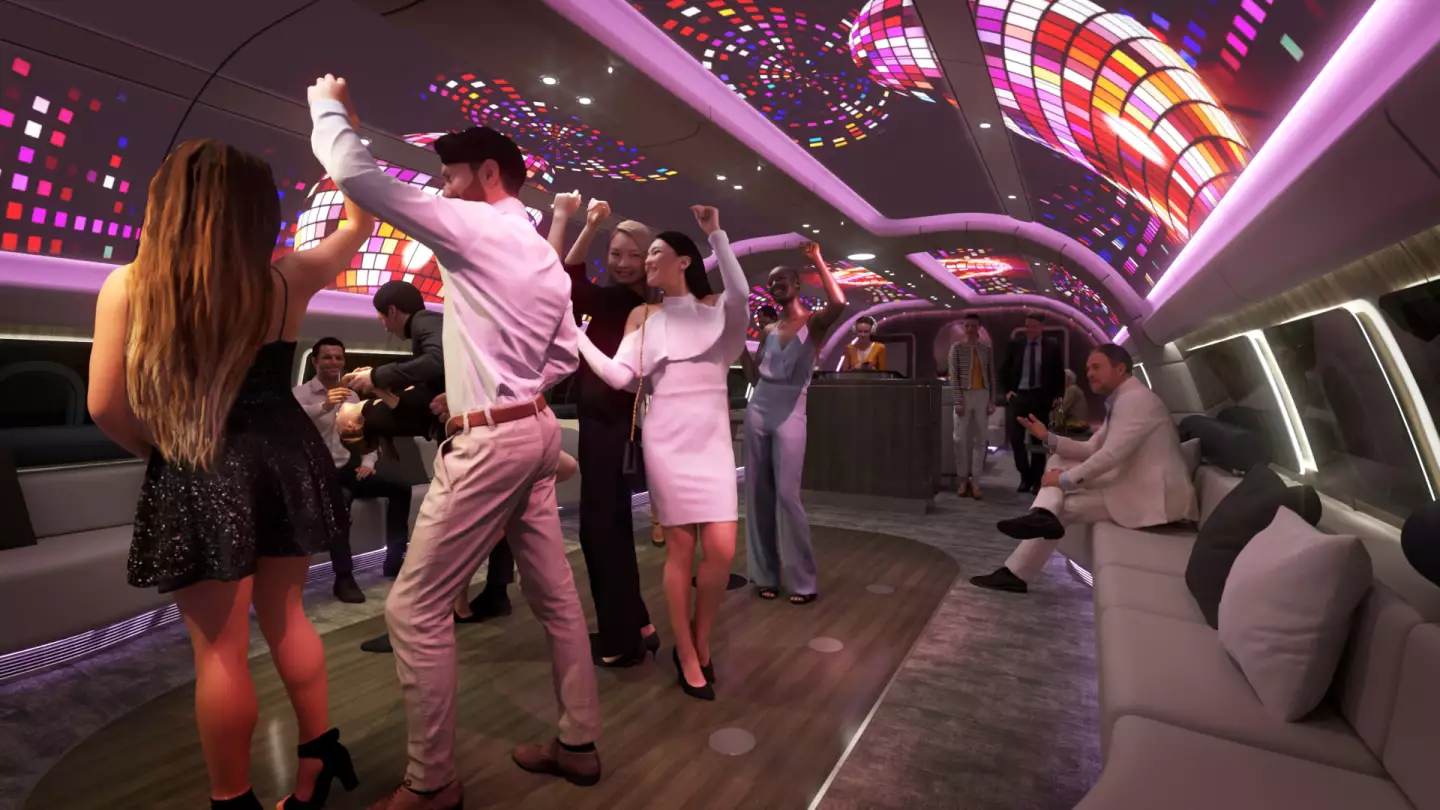Lufthansa Technik takes inspiration from cutting-edge, ultra-capable marine vessels in preparing a concept aircraft optimized for frontier-breaking world travel. Its Explorer Concept is an airborne explorer superyacht or high-end overland RV, integrating a five-star hotel-inspired cabin into a long-haul aircraft. Instead of the days, weeks or months it takes a yacht or RV to saunter between distant points around the globe, the Lufthansa Explorer would do it in mere hours.
From ice-smashing polar-grade vessels, to big toy-hauling floating playgrounds, explorer yachts, also called expedition yachts, are a growing category of yacht optimized for long-range travel. They're designed to give owners the capability of setting off for and reaching the world's most remote waters and coasts. They feature robust seaworthy construction and ample off-grid autonomy, doubling as base camps for continuing global exploration via smaller vessels like tenders, amphibians, helicopters and submarines.
"In yacht building, multifunctional exploration vessels have now become a class in their own right," explains Wieland Timm, Lufthansa Technik's head of VIP and special mission aircraft services sales. "And many owners of such vessels also call an aircraft their own. For this fast-growing target group of VIP world explorers, we have therefore now created a flying platform for the first time. Unlike a yacht, however, our Explorer aircraft allows passengers to travel to the other side of the globe within hours and set up their own individual base camp for further activities."

To create its very own superyacht of the sky, Lufthansa started with an aircraft platform with which it's familiar, the wide-body Airbus A330. That's a 197-ft (60-m) long-haul aircraft that carries 250 passengers or more in commercial airliner guise and up to 25 passengers in VIP corporate jet configuration.
Lufthansa Technik rearranges that cabin space for a mere eight to 12 lucky VIP passengers, creating the spacious, luxurious ambiance of an eight-figure superyacht. It follows the yacht playbook with large, open spaces, lounge areas with long-stretching sofas, a regal dining table sized for all passengers, various owner and guest cabins, office and meeting space, and health and wellness areas.

Lufthansa can't quite replicate a yacht's large windows or majestic views inside an airplane fuselage, so it instead employs a little technological trickery to open the space up. The Explorer's projection system has been designed in cooperation with Diehl Aerospace and uses a series of small, passively cooled projectors integrated into the walls and ceiling to create room-spanning visuals, ranging from basic blue skies, to underwater seascapes, to ball-spinning discotheques.
Given the realities of actually flying and landing an A330, this "explorer" plane is by definition more limited in exploratory capability than an explorer yacht or off-road-optimized RV. Operators will need all the proper infrastructure to take off and land and won't be able to navigate to just any far-flung point on the map. As such, the Explorer plane is really more of a phase-one shuttle to kick off remote travels, a base camp and a jumping-off point for adventures yet to come.
To enrich the Explorer's adventure shuttle/base camp capability, the Lufthansa team adds an extendable veranda to the front fuselage, giving passengers a means of scouting out the surrounds and identifying targets for exploration. The 13-ft (4-m)-high deck is not quite as magnetic as an expanding yacht beach club inches over sparkling teal water, but it could still be a very scenic, relaxing escape so long as the plane is immersed in the right environment.

Explorer concept passengers will be further prepared to leave the tarmac behind and push deeper into their surroundings thanks to the craft's vehicle-carrying capability. Lufthansa makes clear that the Explorer could carry a car or 4x4 and come personalized with amenities like a mobile laboratory or emergency medical room.
In the future, Lufthansa will delve deeper into the Explorer's vehicle-hauling features, presenting a mobility lounge it's designing in partnership with vehicle upfitter Brabus. It says the lounge will showcase the vehicles on board and offer technical support capabilities. A staircase will join the lower deck lounge to the main deck, and a glass floor will provide direct views.
Lufthansa first previewed the Explorer Concept at the Monaco Yacht Show in September, before a fuller reveal at this month's Dubai Airshow. It will join Brabus in revealing the mobility lounge at a yet-to-be-announced future trade show.
In addition to the initial configuration pictured, Lufthansa says the Explorer cabin could be designed in a variety of layouts for up to 47 passengers and could also be integrated into other wide-body aircraft models, including the Airbus A350 and Boeing 787. The company plans to use the design study as an "ideas laboratory" to explore other possibilities in the future.

The idea of an expedition aircraft of this caliber is quite intriguing (minus the goofy pop-up disco), but it seems a poor fit for a huge platform like the A330, which doesn't offer the type of rugged, go-anywhere capability one would expect from any vehicle labeled "explorer." Unfortunately, more adventurous aircraft like bush planes and seaplanes are much too small for the full-blown superyacht opulence Lufthansa's going for. Being that it's just a concept, though, it would be interesting to see the cabin built into a hypothetical large VTOL or STOL aircraft, perhaps with a next-generation power source – nuclear? – guaranteeing world-spanning range.
Maybe that type of design will work its way into Lufthansa's ideas laboratory. In the meantime, should our lottery number come up, we'll go with a simpler, more capable "starter" explorer aircraft like the tent-camping MVP Aero.
Source: Lufthansa Technik











